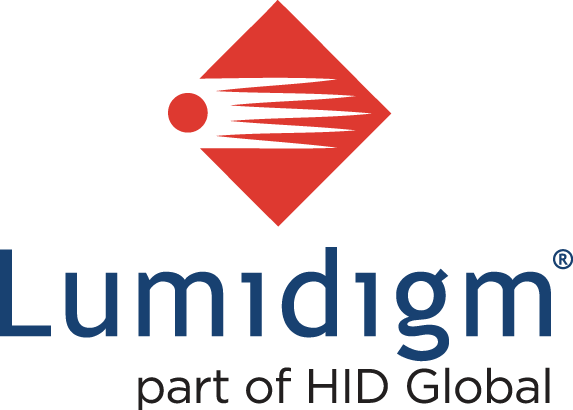 November 12, 2013 – by Peter B. Counter
November 12, 2013 – by Peter B. Counter
Every now and again a technological achievement is successful in improving a system in every aspect of its use. Electronic health records (EHR) are convenient in any scenario. They provide the convenience of paperless records, can allow for BYOD and mobility in the clinical workplace, and when combined with the latest in biometric solutions are not only more secure and accountable but can help overcome obstacles in large populations with low literacy.
Today a provider of fingerprint biometric solutions, Lumidigm, announced that through a partnership with Fulcrum Biometrics, it will be lending its proprietary multispectral imaging to help keep better track of vaccination records in developing countries. Having lent the fingerprinting technology to the VaxTrac system, the idea is to eliminate the large amount of potentially wasted vaccine that can result from inaccurate records kept in a more traditional manner.
Enrolling a patient into the VaxTrac system upon her first visit allows for her fingerprint to tell health workers everything about her vaccination history regardless of the language she speaks or how difficult it might be for adequate communication to take place. With more accountable and consistently up-to-date patient histories, medical workers are better equipped to provide proper doses while not wasting the finite amount of medicine on patients that aren’t actually in need.
Lumidigm’s sensors see a lot of action in this kind of application: banking in South American and African countries, EHR in New Guinea and now vaccination tracking in developing African nations. The multispectral imaging technology applied in each of these deployments is ideal for in-the-field use. It scans the surface and subsurface of a finger, making dirt and injuries non-factors in the authentication process and allowing for the sensors to work in less-than-ideal weather conditions.
“We started evaluating Lumidigm sensors in 2012. Since the skin of children, especially young children, can be very malleable, we knew from experience that conventional biometric technologies that need a finger pressed against the device do not work,” says Mark Thomas, executive director of VaxTrac. “The ability that Lumidigm offers to pull fingerprint images from deeper layers produces images less susceptible to distortion and allows us to track vaccinations accurately.”
Lumidigm’s sensors are currently deployed on VaxTrac units in Zambia, Uganda, Kenya and Benin.


Follow Us